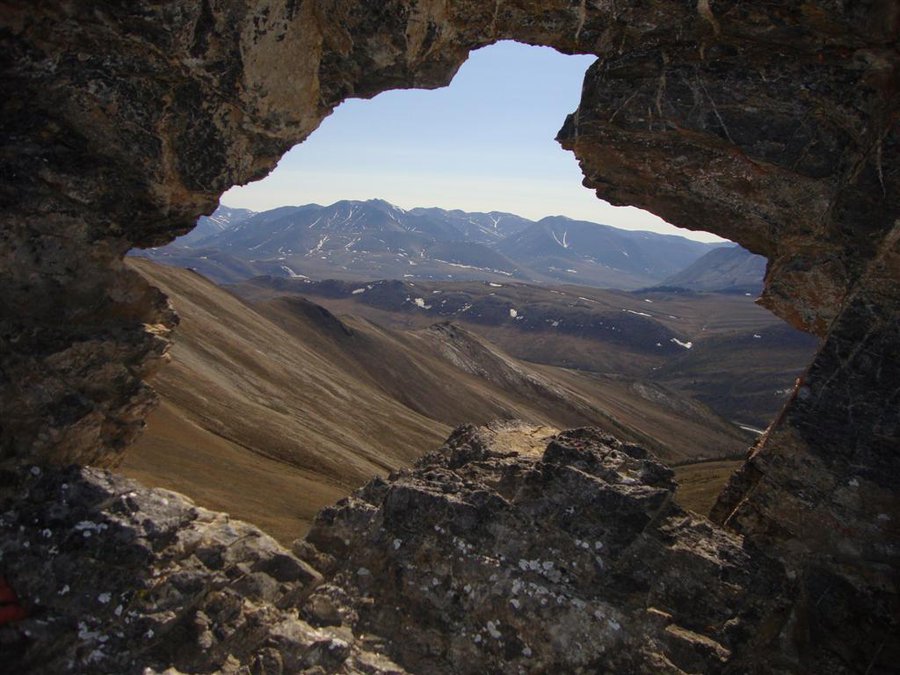Ivvavik National Park
Located on the western portion of the Yukon North Slope, Ivvavik National Park boasts 10,168 square kilometres of unspoiled beauty. It is also the first Canadian national park created by a land claim (1984). Parameters for Ivvavik National Park were set out in the Inuvialuit Final Agreement (IFA), and made official via the National Parks Act. Like Herschel Island (Qikiqtaruk) Territorial Park, our Council provides guidance and advice on management and planning within Ivvavik's boundaries.



